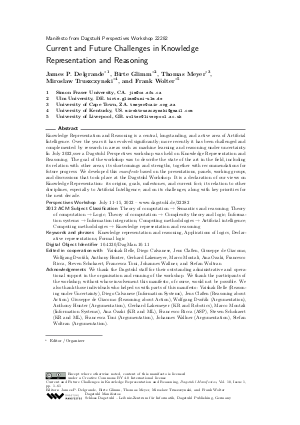DagMan.10.1.1.pdf
- Filesize: 1.06 MB
- 61 pages

 Creative Commons Attribution 4.0 International license
Creative Commons Attribution 4.0 International license





























































Feedback for Dagstuhl Publishing